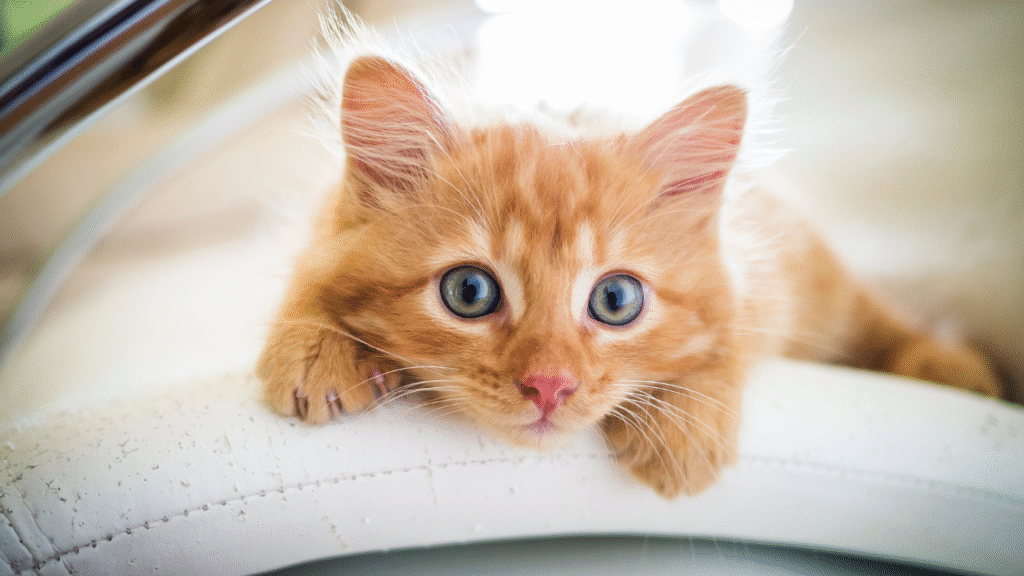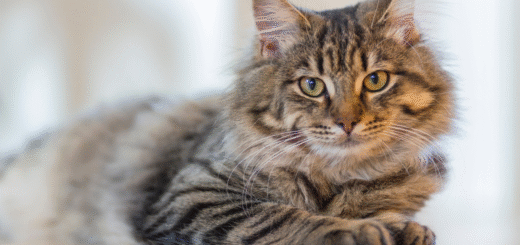Common Cat Behavior Problems and How to Fix Them
Cats are mysterious, independent, and often misunderstood. While their quirky personalities are part of what makes them so lovable, sometimes cat behavior crosses the line from amusing to frustrating. Whether it’s scratching furniture, not using the litter box, or sudden aggression, understanding why cats act out is key to solving the problem.

Here’s a look at the most common cat behavior problems—and practical tips for correcting them.
1. Inappropriate Scratching
The Problem:
Your cat claws at your couch, curtains, or favorite chair, leaving behind shredded fabric and frustration.
Why It Happens:
Scratching is a natural cat behavior. It helps sharpen claws, mark territory (via scent glands in their paws), and stretch their muscles.
How to Fix It:
- Provide alternatives: Place scratching posts or pads near areas your cat likes to scratch. Try different materials—carpet, sisal, cardboard—to find what your cat prefers.
- Use deterrents: Cover furniture with double-sided tape, aluminum foil, or plastic sheets. Cats dislike these textures.
- Trim claws regularly: Shorter claws do less damage.
- Reward good behavior: Praise and treat your cat when it uses a scratching post.
2. Litter Box Issues
The Problem:
Your cat pees or poops outside the litter box.
Why It Happens:
There are several causes: a dirty litter box, a preference for a different type of litter, stress, or medical issues like urinary tract infections.
How to Fix It:
- Rule out health problems first. Always consult a vet if litter box habits suddenly change.
- Keep it clean: Scoop daily and change litter weekly. Cats are clean animals and may avoid dirty boxes.
- Provide enough boxes: One box per cat, plus one extra. Place them in quiet, accessible locations.
- Experiment with litter types: Some cats are picky about texture or scent.
- Reduce stress: Changes in the household—like a new pet or baby—can cause anxiety. Use calming diffusers (e.g., Feliway) or provide more hiding places.
3. Aggression Toward People or Other Pets
The Problem:
Your cat bites or scratches during play, or shows hostility toward other pets or household members.
Why It Happens:
Aggression can stem from fear, territoriality, redirected frustration (like seeing another cat outside), or overstimulation.
How to Fix It:
- Observe triggers: Watch when and why aggression happens. Is it during play? After petting for too long?
- Avoid rough play: Don’t use your hands as toys. Use wands or interactive toys instead.
- Give space: If your cat is overstimulated, let them calm down.
- Gradual introductions: For pet aggression, reintroduce slowly and positively. Use scent swapping and short, supervised meetings.
- Enrich their environment: Boredom can lead to bad behavior. Offer vertical spaces, puzzle feeders, and new toys.
4. Nighttime Zoomies and Excessive Meowing
The Problem:
Your cat sprints through the house at 3 a.m. or yowls loudly for attention.
Why It Happens:
Cats are crepuscular—naturally more active at dawn and dusk. Meowing can be a sign of hunger, boredom, or attention-seeking.
How to Fix It:
- Schedule play sessions before bed: Tire your cat out with 15–20 minutes of interactive play, followed by a meal.
- Ignore the meowing: If you get up and feed them, you reinforce the behavior.
- Automate feeding: Use a timed feeder for early morning meals so your cat doesn’t associate waking you with food.
- Rule out medical issues: Especially in older cats, excessive vocalization may indicate illness or cognitive decline.
5. Chewing on Cords or Plants
The Problem:
Your cat chews electrical wires, houseplants, or other off-limits items.
Why It Happens:
Cats chew for stimulation, teething (in kittens), or due to dietary deficiencies or boredom.
How to Fix It:
- Make cords unappealing: Use cord covers, bitter sprays, or double-sided tape.
- Provide alternatives: Offer chew-safe cat grass, dental treats, or soft toys.
- Remove toxic plants: Many houseplants are dangerous for cats. Stick with safe options like spider plants or catnip.
- Increase enrichment: More toys, playtime, and puzzle feeders can reduce destructive curiosity.
Final Thoughts
Most cat behavior problems stem from unmet physical or emotional needs. Instead of punishing your cat (which often makes things worse), focus on understanding what they’re trying to communicate. With patience, environmental changes, and proper care, even the most stubborn behavior issues can be resolved.
Your cat isn’t misbehaving out of spite—it’s just being a cat. When we learn to think like them, we can live in harmony.








